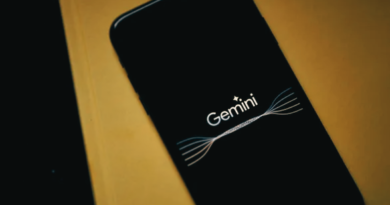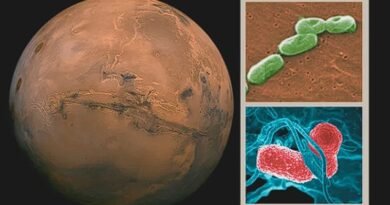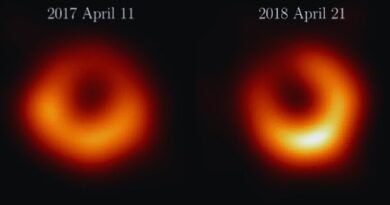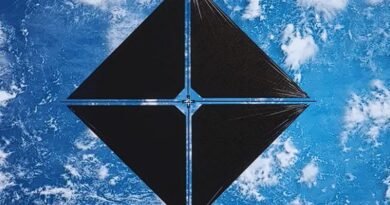Project Galileo: The Quest for Extraterrestrial Technology Concealed within Our Solar System
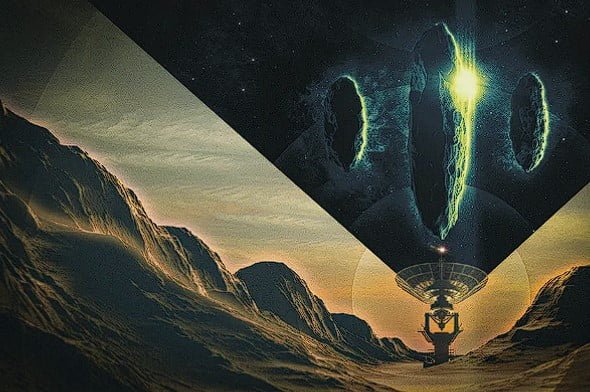
Project Galileo, scientists explore our solar system in search of potential alien technology concealed among the celestial bodies.
The pursuit of extraterrestrial life has reached a new fervor, shifting towards investigating potential signs of advanced alien civilizations rather than focusing solely on biological indicators. Inspired by Arthur C. Clarke’s seminal work “Rendezvous With Rama,” where a mysterious spacecraft triggers a space mission, Harvard University astrophysicist Prof Avi Loeb suggests that ‘Oumuamua, an interstellar object passing through the Solar System in 2017, might be akin to an alien artifact. In response, Loeb initiates Project Galileo, uniting over 100 scientists to redirect efforts toward scanning the cosmos for technological anomalies.
Despite gaining momentum, the concept of artifact-centric SETI faces skepticism, with some experts highlighting the scarcity of active search initiatives. Nevertheless, Loeb advocates for exploring our Solar System, theorizing that alien relics may have inadvertently or intentionally reached Earth over its 4.55-billion-year history. He suggests celestial bodies like the Moon could harbor extraterrestrial artifacts, evoking comparisons to popular science fiction narratives.
Identifying alien artifacts poses significant challenges, considering the vast evolutionary gaps between potential civilizations and ours. Nonetheless, Loeb asserts that distinct features could differentiate artifacts from natural phenomena, urging comprehensive scrutiny of planetary surfaces and interplanetary space. Notably, ‘Oumuamua’s peculiar characteristics fuel speculation, despite ongoing debates over natural explanations.
Loeb’s initiatives receive a boost as NASA addresses Unknown Aerial Phenomena (UAP), leading to the establishment of the Galileo Project. This initiative, funded by generous donations, including $2m from private individuals, encompasses two primary objectives: analyzing UAP with advanced sensor arrays and launching a billion-dollar endeavor to intercept and photograph future interstellar objects.
While efforts within the Solar System progress, Loeb advocates expanding the search to exoplanets, focusing on technosignatures over biosignatures. By exploring nearby stars and analyzing atmospheric compositions, including potential pollutants like chlorofluorocarbons, scientists aim to uncover insights into extraterrestrial civilizations.
Amidst speculation about advanced alien societies, Loeb underscores the transformative impact of confirming their existence, emphasizing the unifying potential of such a discovery. Despite uncertainties, Loeb remains optimistic about the likelihood of encountering extraterrestrial artifacts, envisioning a future where humanity’s collective efforts transcend terrestrial boundaries in the pursuit of cosmic understanding.

